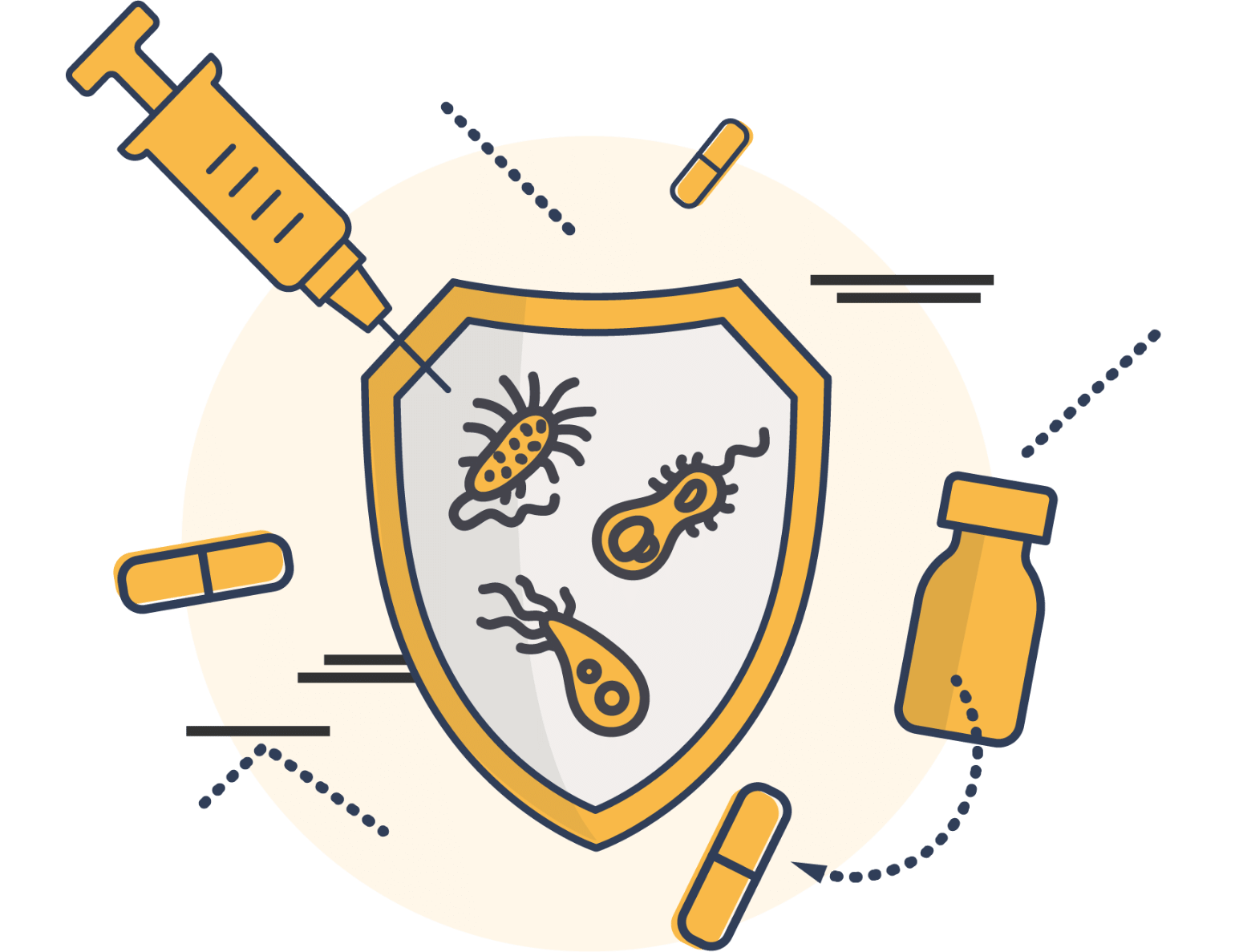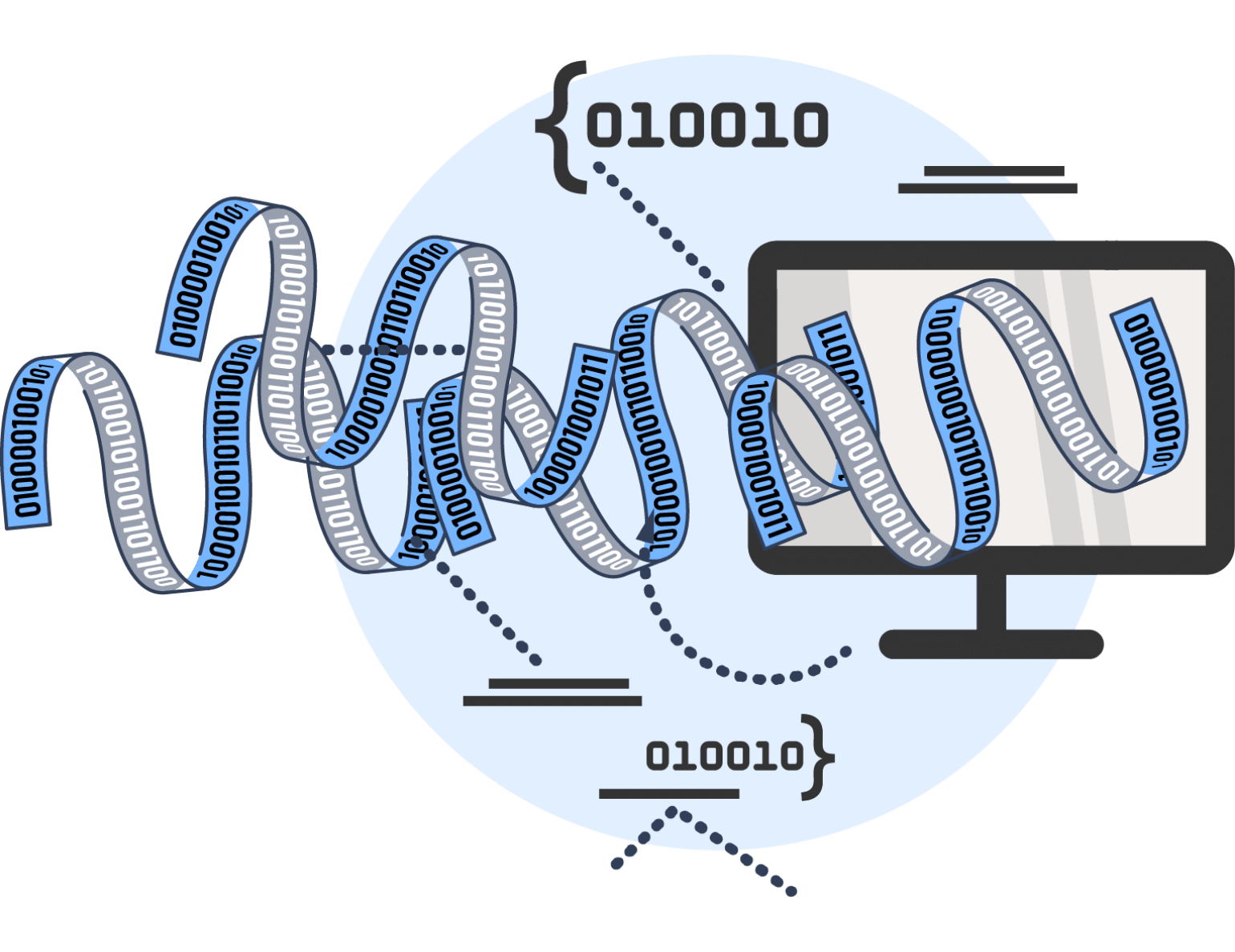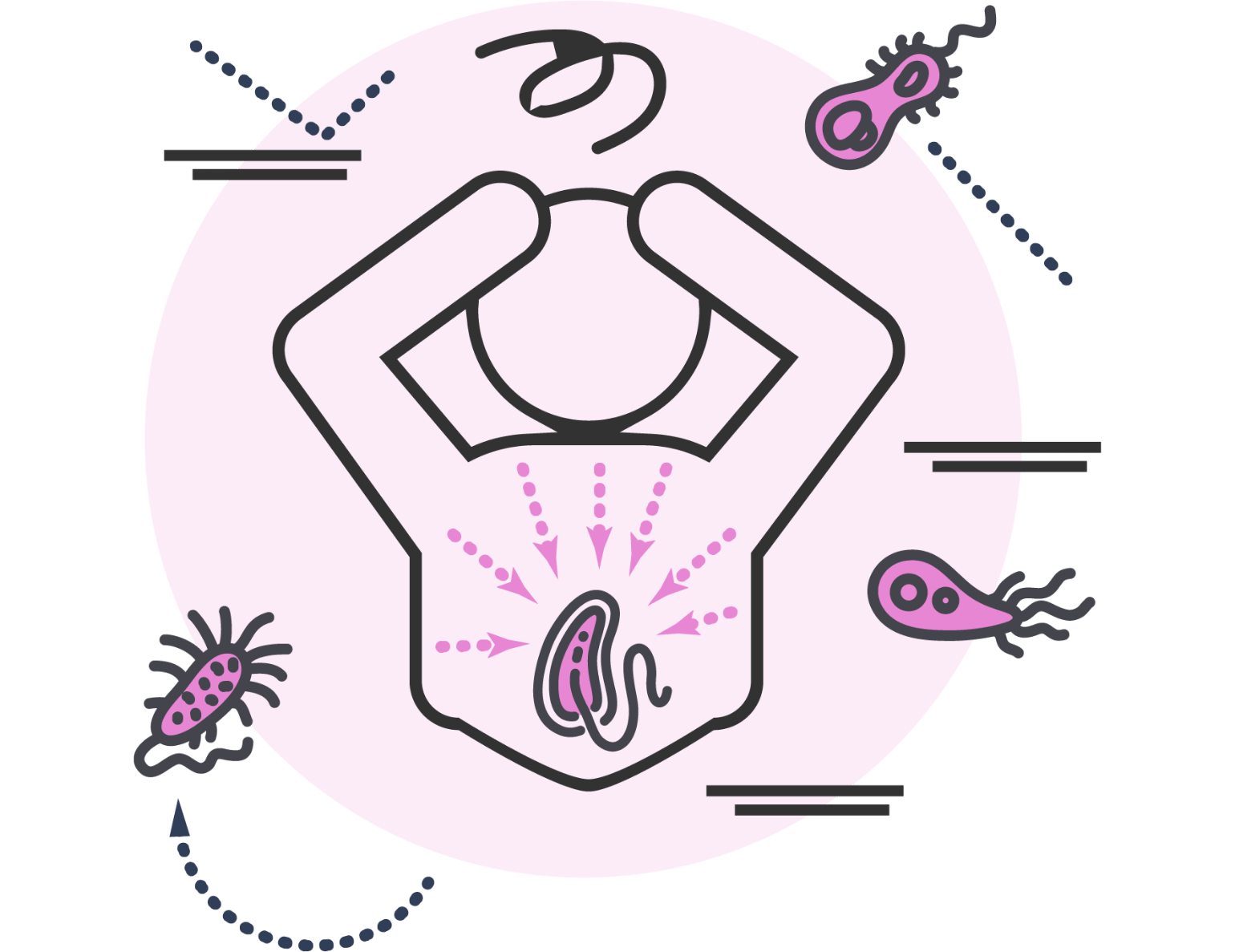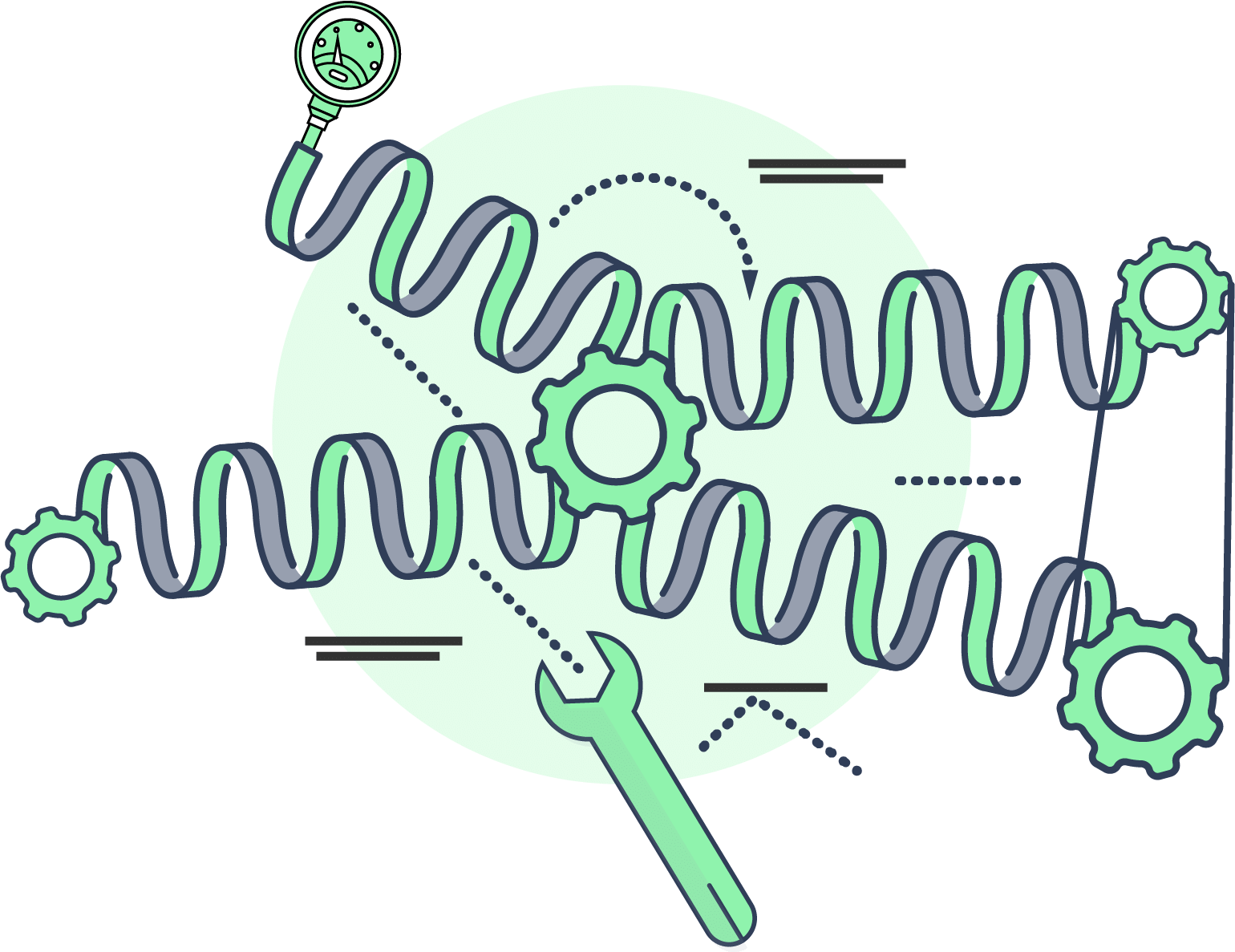Antibiotic resistance
Bacterial antibiotic resistance is quickly becoming the number one health threat world-wide. On the one hand, pathogens are becoming more and more resistant to many antibiotics, and on the other, no new antibiotics are being discovered. One of the goals of our lab is to discover new alternatives for antibiotics.
In one such study we exploited the love-hate relations of bacteria and metals. Trace metals such copper, zinc, iron and manganese are essential to many bacterial cellular processes. The reason for this is that 30–40% of known proteins contain a metal co-factor that is crucial for their structure or function. However, the same metals are toxic at high concentrations, and therefore bacteria tightly limit their uptake rates. We searched for ways to overcome the metal resistance of bacteria by ‘flooding’ them with high metal concentrations. The problem is that metals are positively charged and do not easily cross the bacterial membrane. We sought a compound that can forms a complex with metals, neutralize their electric charge, and increase their membrane permeability. We found that weak organic acids, the same ones that are broadly used in the food industry (like vinegar for example) do just that. Once the acid-metal complex enters the bacterial cell the complex dissociates and the metals exert their toxic effects. Here we showed that this approach increases the killing of bacteria 3000-fold, and that it can be used to preserve food, protect crops, and decontaminate surfaces.
Computational Biology
Sometimes, experiments alone are not enough to understand why macromolecules do what they do. In 2013, the Nobel Prize in chemistry was awarded to Martin Karplus, Michael Levitt, and Arieh Warshel for their computational studies of biomolecular structure and dynamics.
We try to follow the steps pf these giants and continue pushing the limits of what can be done with computational studies of macromolecules. Together with the labs of Turkan Haliloglu and Nir Ben-Tal we developed a molecular simulations approach that combines Anisotropic Network Models (ANM) with Langevin dynamics simulations. This tool allows us to compute how a macromolecule moves in time, or in response to some stimuli. The advantage of this method is its computational efficiency/speed and that it gives very accurate information about the movement of the macromolecule. A demonstration of what can be done with this method is given in the second part of this paper and in this publication.
A new computational method that we are in the process of developing is Transfer Entropy. This approach originally comes from information theory, and its goal is to calculate the time-dependent information flow between two processes. We have adapted this method to study the structure and dynamics of macromolecules, and several very promising projects are currently underway.
Another example of the how computational approaches can be extremely useful when studying biological phenomena can be found here, where we combined experiments and computations and studied a very fundamental cellular process: protein translation.
Bacterial virulence
How do bacteria evade our immune system? How do they survive in our body? These are questions we study in our group.
Many bacterial pathogens live a double life: one which is free-roaming and another inside a host. These two different environments require extensive adaptations from the bacteria. Once they enter the host they need to turn on many genes which transforms them into their pathogenic form. To make this switch, the bacteria must somehow ‘know’ that they are no longer free-roaming and are now inside a host. An ongoing research topic in our lab is to understand how do bacteria ‘know’ this.
We discovered that the bacterial pathogen Listeria monocytogenes uses nitrogen sensing for this. Like any living organism, bacteria need nitrogen to grow. In soil and water the most abundant nitrogen source is ammonia, which is readily used by this pathogen as a nitrogen source. As long as ammonia is present, the pathogen “knows” it is free-roaming and does not turn on its virulence genes. In our body, there’s no free ammonia. Rather, the most common nitrogen source is the amino acid L-glutamine. Listeria monocytogenes has a dedicated high affinity transporter for L-glutamine which steals it from cells in our body and delivers it to the cytoplasm of the pathogen. In the pathogen, the intracellular concentration of glutamine acts as an on/off switch: off when L-glutamine concentrations are below the threshold, and fully on when the threshold is crossed. Inactivation of this specific L-glutamine transporter leads to dramatic reduction in expression of virulence genes and reduced pathogenicity of Listeria monocytogenes (read more)
Molecular machines
In all kingdoms of life, from bacteria to man, cellular tasks are performed by elaborate molecular machines. We are very interested in understanding how these machines are built and how do they function in carrying out their specific roles. We focus on two types of molecular machines: transmembrane-transporters and molecular machines associated with bacterial antibiotic resistance and bacterial virulence.
In recent years we developed several experimental tools that enable us to obtain unique mechanistic insight on how these machines work.
One such example is our work on the vitamin B12 uptake system. In the human body, vitamin B12 is needed for DNA synthesis, formation of red blood cells, and for the development and function of the brain. In bacteria, vitamin B12 is necessary for protein synthesis, and the vitamin B12 uptake system serves as a model for many other uptake systems that are essential to bacterial virulence.
To study the mechanism of action of the vitamin B12 uptake system we developed an experimental system that allows us to look in real time at how single molecules of the transporter change their conformation. The ground-breaking results of this project were published here.
Another example of our work on molecular machines can be found here, where we investigated the structure and function of an essential virulence determinant from the deadly bacterial pathogen Bacillus Anthracis, the causative agent of Anthrax




